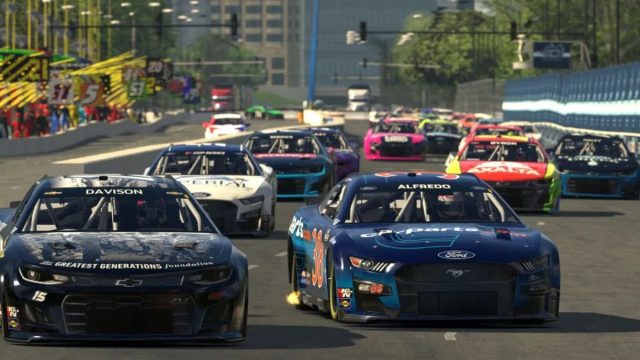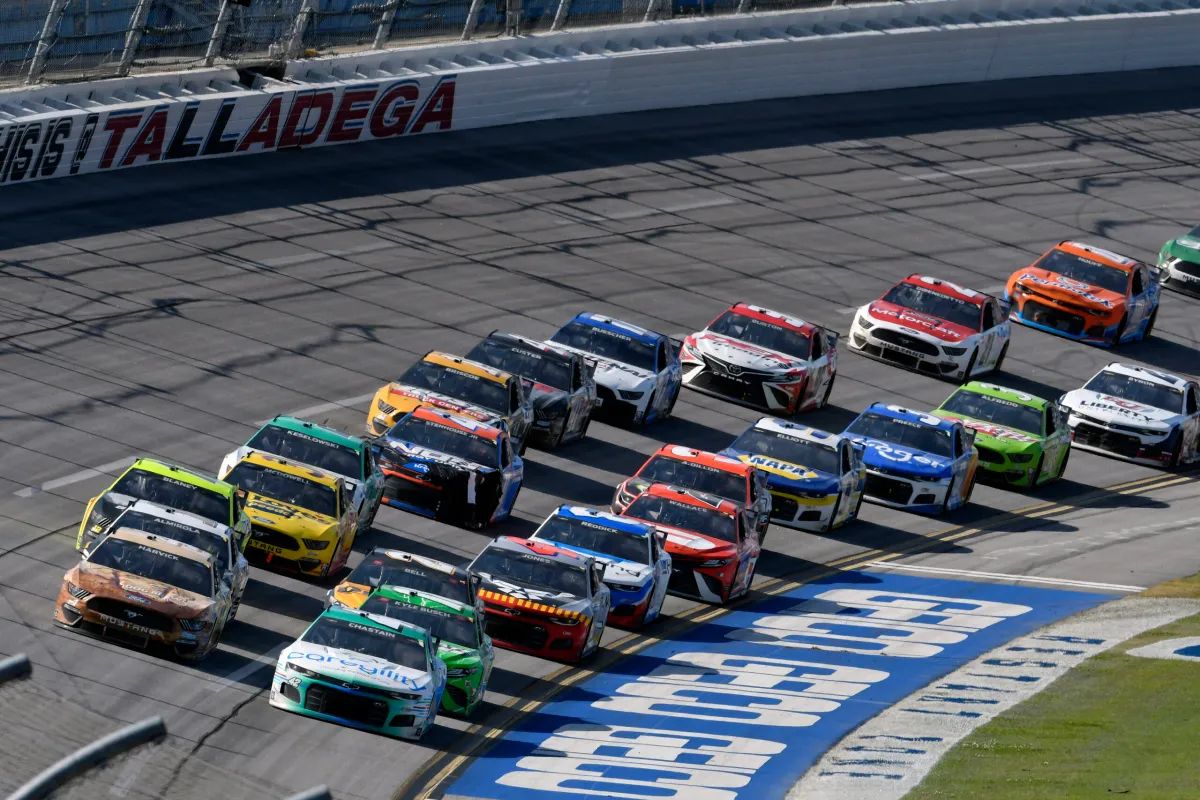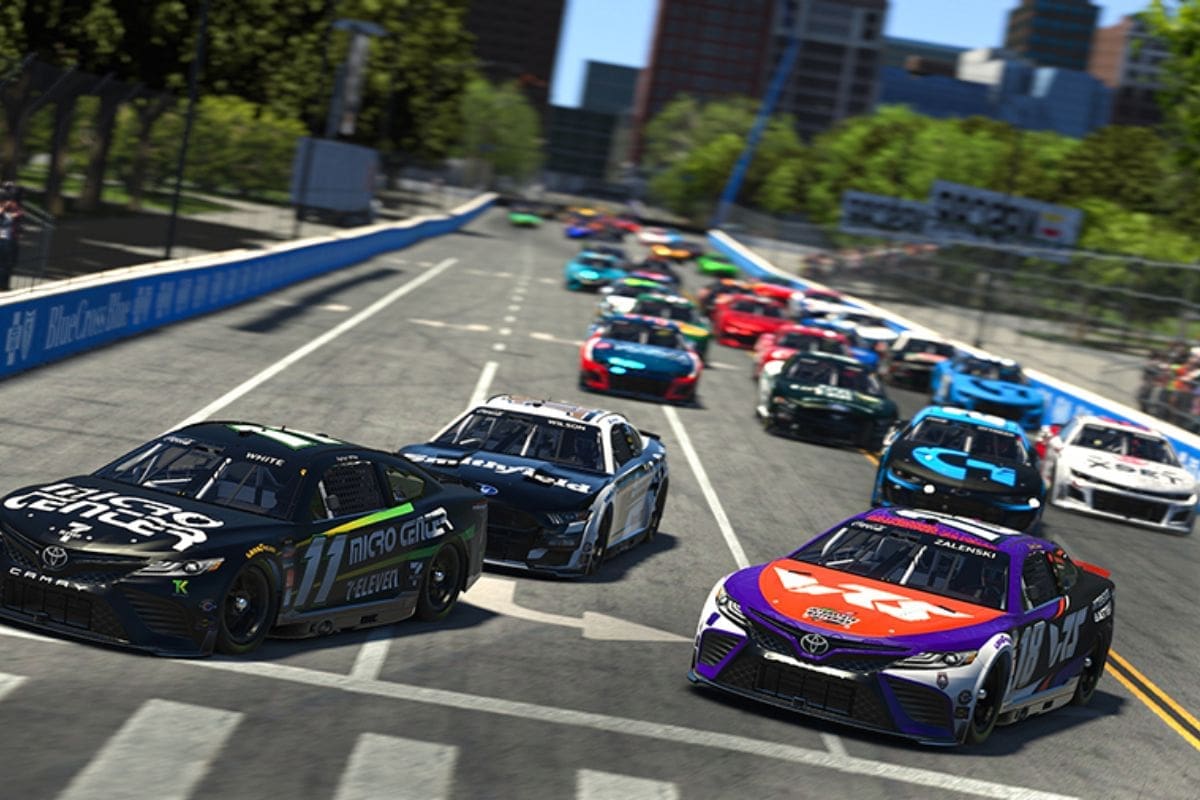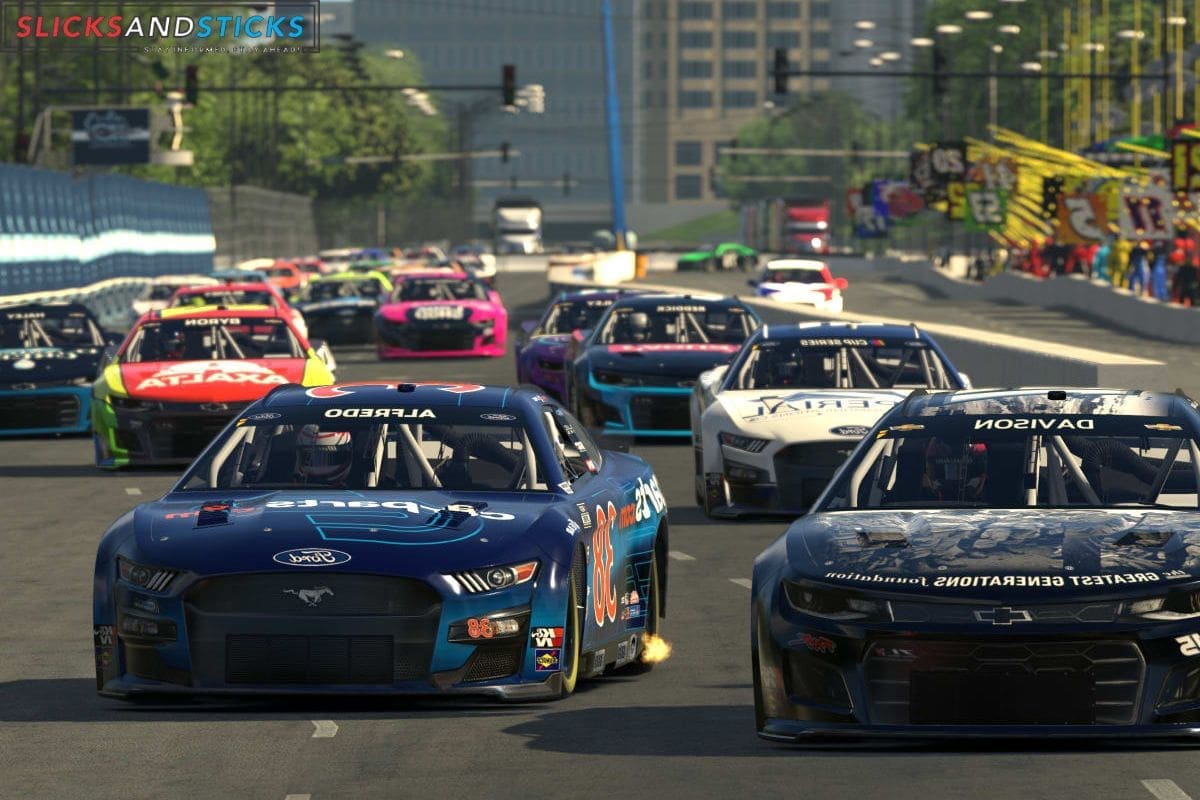NASCAR’s Street Course Plans: NASCAR’s proposal to host a street course in San Diego has generated considerable backlash, with many local residents and traditional fans expressing their discontent. Key concerns center on the implications for noise, traffic, and safety, which some argue could detract from the sport’s heritage and alienate its core audience. Conversely, advocates suggest that such innovations might rejuvenate NASCAR by appealing to younger fans and attracting fresh sponsorship opportunities. This dichotomy raises significant questions about the future direction of the sport and its ability to maintain a balance between evolving trends and established traditions. What lies ahead for NASCAR?
Key Highlights
- Local residents and businesses express significant backlash against NASCAR’s San Diego street race plans, citing noise pollution and traffic disruptions.
- Nostalgia for traditional oval tracks leads many fans to view street racing as a dilution of NASCAR’s essence.
- Concerns about safety and environmental impact, including air pollution and waste management, dominate public discourse on the proposal.
- Economic fears arise among local businesses, worried about losing regular customers during the event despite potential tourism revenue.
- Historical controversies from previous street races in other cities fuel skepticism about NASCAR’s expansion into urban areas.
NASCAR’s Future Plans Beyond Next Season
Envisioning a dynamic evolution in its racing landscape, NASCAR is actively shaping its future beyond the upcoming season. The organization is tactically expanding its portfolio by introducing new international circuits, which signals a commitment to improve its global footprint. The inclusion of the Mexico City track to the Cup Series is just the tip of the iceberg, as NASCAR officials are diligently working on further incorporating diverse racing venues.
The introduction of international tracks aims to cater to an expanding fanbase that transcends geographical boundaries. This initiative not only raises NASCAR’s profile on the global stage but also aligns with its objective to diversify the racing experience.
As audiences increasingly seek engaging and varied racing formats, NASCAR’s exploration of street races, particularly in San Diego, represents a considerable departure from traditional oval tracks. This move shows an understanding of shifting consumer preferences and the desire to attract new demographics to the sport.
NASCAR’s proactive stance on integrating street races and international circuits is indicative of its adaptability and foresight. This expansion is not merely a reaction to market demands but a calculated effort to invigorate the sport’s appeal.
NASCAR’s Planned Changes for the 2025 Season
NASCAR’s tactical adjustments for the 2025 season are poised to reshape its competitive landscape considerably. With a calculated focus on diversification and engagement, the series is venturing into new territories that promise to invigorate the sport and expand its fan base.
Notable changes include:
- First Points Race in Mexico City: After a 67-year hiatus, NASCAR will host its inaugural points race outside the U.S. in Mexico City. This historical move indicates a commitment to international growth and broader market appeal.
- Potential Return to Rockingham Speedway: The discussions surrounding a possible return to Rockingham Speedway in North Carolina highlight NASCAR’s intention to revisit traditional venues that resonate with long-time fans. This could rekindle nostalgia while attracting new spectators.
- Venue and Schedule Adjustments: With a keen eye on innovation, NASCAR is mixing up its venues and schedule for the upcoming season. This plan aims to improve the on-track experience, enticing fans with diverse racing environments and stimulating competition.
These changes are emblematic of NASCAR’s broader approach to adapt to evolving demographics and preferences within motorsport.
By embracing international venues, re-engaging with classic tracks, and revising the race schedule, NASCAR is not only preserving its heritage but also setting a foundation for future growth.
As the series navigates these changes, the potential for revitalizing fan interest and attracting new audiences remains noteworthy.
The Chicago Street Race Experience
Amidst the evolving landscape of motorsport, the maiden Chicago Street Race marked a noteworthy milestone for NASCAR, introducing a dynamic urban racing experience. The event, held on a 12-turn, 2.2-mile course through Grant Park, represented the initial time in Cup Series history that NASCAR ventured into street racing. This tactical departure aligns with a broader trend in motorsport, as younger fans increasingly gravitate towards the excitement of urban circuits, similar to the appeal seen in Formula 1.
The Chicago race successfully attracted a considerable turnout, suggesting a lucrative opportunity for NASCAR to tap into this emerging market. Both the NASCAR Cup Series and the NASCAR Xfinity Series showcased their talents in a vibrant setting, enhancing the visibility of the sport within a metropolitan context. The integration of street racing into NASCAR’s portfolio reflects an adaptive approach to fan engagement, aiming to expand its audience base and capitalize on the growing interest in urban motorsport events.
However, this shift has not been without controversy. A segment of the traditional fanbase has expressed concerns over NASCAR’s deviation from its oval roots, fearing that the essence of the sport may be diluted.
While the Chicago event has been met with enthusiasm from many, it also highlights a crucial moment for NASCAR as it navigates the balance between innovation and tradition. The outcomes of this race could very well shape the future of NASCAR’s racing formats, potentially leading to more street races in the coming years, as the organization seeks to redefine its identity in a competitive landscape.
Fan Reactions to the San Diego Street Race
As NASCAR gears up for its anticipated San Diego street race, fan reactions have begun to surface, revealing a notable divide in sentiment regarding the change from traditional oval tracks. The move towards street racing appears to be met with considerable backlash, particularly on social media platforms where fans are vocal about their concerns.
The primary themes of criticism can be summarized as follows:
- Nostalgia for Ovals: Many fans express a yearning for the traditional oval tracks that have defined NASCAR. Comments such as “NO MORE F-CKING ROAD COURSES!!!” reflect a frustration with what is perceived as a departure from the sport’s roots.
- Desire for Classic Racing: Some fans are urging NASCAR to revert to familiar settings, voicing desperation for the return of classic tracks. One fan pleaded, “god please answer my prayers,” illustrating a longing for the racing experiences they cherish.
- Skepticism Towards Street Racing: A considerable number of fans deem the shift to street racing as a poor decision. Statements like “Wow. What a horrible idea” shows a belief that this direction may undermine the essence of NASCAR.
As the San Diego street race draws closer, the reactions from the fanbase indicate a vital moment for NASCAR.
Balancing innovation with tradition will be essential to maintaining its core audience while exploring new avenues for growth.
Public Opinion on More Street Races in NASCAR
The prospect of incorporating more street races into the NASCAR calendar has ignited a complex debate among fans and stakeholders alike. While proponents argue that street racing could attract new audiences and rejuvenate the sport’s image, critics contend that it undermines the traditional aspects of NASCAR, which are deeply rooted in oval track racing.
“Wow. What a horrible idea.”
“I sincerely hope that we aren’t going to see yet another oval race taken off the schedule for this.”
“I’m sure I’m in the minority here, but I’d much prefer them doing away with the street races and bring back some better road.”
-(fans)
Public sentiment is divided, with a notable faction expressing concern over logistical challenges, safety issues, and the authenticity of the NASCAR experience. The table below summarizes key opinions on the topic:
| Aspect | Proponents | Opponents |
|---|---|---|
| Audience Growth | Believes it can attract younger fans | Fears it may alienate traditional fans |
| Market Expansion | Sees potential for new sponsorships | Concerned about potential revenue loss |
| Race Experience | Perceives it as an exciting spectacle | Argues it distracts from core racing |
| Safety Concerns | Optimistic about improved safety measures | Highlights risks associated with street circuits |
Moreover, the backlash from the San Diego proposal demonstrates a broader hesitance within the community. The logistical demands of street racing, including the need for modified vehicles and complex city regulations, may also worsen operational challenges. As NASCAR navigates this turbulent terrain, it must weigh the potential for innovation against the preservation of its storied heritage. Ultimately, the decision to expand street races will require a nuanced understanding of both market dynamics and fan loyalty.
News in Brief: NASCAR’s Street Course Plans
The controversy surrounding NASCAR’s proposed street race in San Diego emphasizes the tension between innovation and tradition within the sport. While the initiative aims to attract a younger audience and new sponsorships, considerable opposition from local residents and traditional fans highlights concerns regarding noise, traffic, and safety. This situation exemplifies the broader challenge NASCAR faces in balancing modernization efforts with the expectations of its core fan base, thereby shaping the future direction of the organization.
ALSO READ: Trackhouse’s Multi-Million Dollar Expansion: Is SVG’s NASCAR Legacy About to Resurface?



